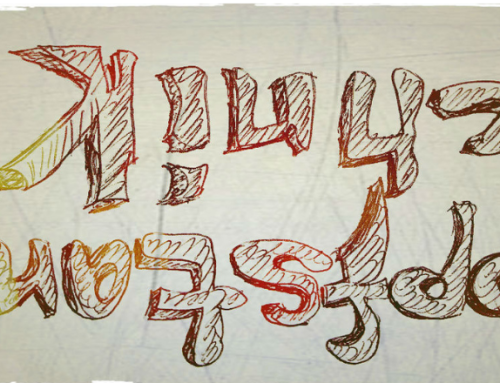All things must come to an end … even (virtual) group development. The Adjourning Phase.
In April 2021, we wrote our first blog on the topic of (virtual) group development here to introduce the blog series on the 5 phases of group development according to B.W. Tuckman.
Today, a year later, we conclude it with the fifth and final phase, the Adjourning. But first, to jog your memory, here are all the previous phases and their chronology.

As you can see, it took us a year to go through all the phases. Luckily, group development in your virtual event doesn’t take that long (and your event hopefully not, either!) But the topic should be on your mind throughout the entire event. Even at the very end.
But first, a little background information.
Even Tuckman took a while until he added the fifth phase to his model. More than ten years after the first version of his team development model he realized that teams, after ending their work together, go through another phase. The Adjourning – also known as the transforming phase.
The following now happens in your virtual event: your participants part ways.
In the best case, everyone is satisfied. The common goals were reached. Your participants have bonded with each other.
Now it’s your task as the moderator to make sure that all the last tasks are completed. Often towards the end of a virtual event there are still open tasks that are difficult or boring. For example, defining responsibilities, TO DO lists, obtain feedback, etc. The important thing is to get these things done before you end your event. You still have the attention and commitment of your participants. We suspect that we’ve all received very little feedback when we sent the feedback request out a week later, right?
Farewell, my friends, farewell.
We also recommend that you don’t let the event simply peter out, but to round it off with a productive closer and possibly ensure that what was learned (for example in the case of a workshop) is transferred to the participants’ personal fields of work.
A number of different methods lend themselves to this purpose.
A very easy but super nice feedback method, for example, is the “One Word Feedback.” Can be implemented very well virtually: simply ask your participants to write a word clearly and using a thick marker on a piece of paper. This also results in a pretty picture for your social media channels.

Another possibility for a nice closer is, e.g. an association method by which you invite your participants to intuitively grab an object that represents e.g. the most important learning (in a training) or the most important and first TO DO after the event (e.g. in workshops.)
The whole thing could then look something like this:

We often run out of time at the end of an event. If no more time remains to allow all your participants a chance to speak, you could, for example, use the great tool wheelofnames to select only a few. This free tool even offers a confetti function and automatically claps, when a person is selected – this has always gotten a big laugh at the end of our events. 🙂
After group dynamics is before group dynamics.
By the way: if there are changes to the group during your event (one or more participants leave the workshop early or a new person joins) the cycle begins again from the beginning. If someone joins later, make sure that they are well-integrated – maybe even by means of a welcome ritual.
This brings us to the end of our blog series on the topic of (virtual) group development. We hope you liked the series and that we were able to give you some good tips. Feel free to post a comment with your feedback!
Best wishes,
Your BusinessMind Team






Leave A Comment